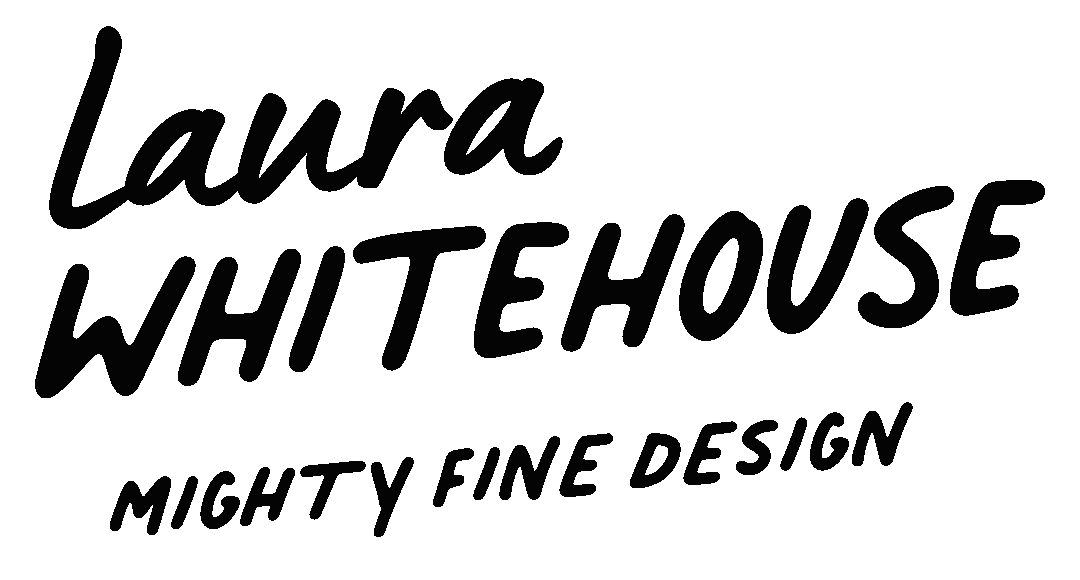Graphic Design for Film survival guide — equipment you’ll need to start
The jump from working dailies in the TV and film industry, where things are a little hands-off and no one looks at you funny if you don’t own a car, to working a full-time graphic design job Annie Atkins had once promised me (cautioned me?) is complicated. Not only because people actually expect you to know everything about everything about your role, which is probably impossible, but because you also need a lot of stuff to even start.
It’s a surprisingly high barrier to entry, as paradoxically you need to have already somehow shed your starving artist façade and own a whole heap of things before you can actually make your start on the graphic design job that would officially let you eat. One way to make this transition easier is to work dailies or even take on work experience, which not only can help you see first-hand what the full graphic designer’s job entails, but also teaches you how to manually scalpel-trim the edges of posters with your eyes closed (this is a joke please hold your lawsuits).
Get lucky and land yourself a lovely and understanding Lead Designer and they’ll give you the wiggle room to get the following list of graphic design equipment pieced together as you go. Depending on the job, production can run a lot of these items through as consumables, so long as they’re not absurdly expensive. Otherwise, maybe look into a loyalty card for wherever sells Post-Its cheapest and you might find yourself retiring on Hobbycraft reward points (AKA the graphic designer’s pension).
Equipment needed on your first Graphic Design for Film and TV job
The basics
A laptop with software to design (Adobe Creative Cloud - Illustrator, PhotoShop, and if you’re swanky, InDesign)
Measuring Tape
Hard-backed notebook (so it’s easier to write if you’re running around — there will always be notes to take and lists to jot down)
A car (somewhat contentious, I didn’t have one when starting my first job, but I since have learned that might have been an absolute fluke)
Sat Nav (otherwise known as a phone with enough data for Google Maps)
Nice to Have
Your own mug (debatably essential)
Painkillers (undebatably essential)
Cutting mat and knife and strong metal ruler
Adhesives (particularly double-sided tape and a tube of UHU)
Pens, Pencils, Sharpies (oh my)
What you might eventually need/want to get
A little bag for set - I use a little yellow Fjällräven bum bag because I feel kooky
Leatherman Skeletool (prepare for a lifetime of ooo’s and ahh’s from curious onlookers every time you whip this bad boy out)
Snacks
A smaller tape measure (you’ll know when you know)
Scissors (although I know people who have gone through a whole career without owning a single pair)
Round corner cutter
Spare blades for that knife you bought earlier on (ominous)
Hole puncher, staple (same applies here as per scissors note)
Sample books — e.g. Displayways, The Desk, G.F. Smith; plus I keep a little pot of all paper offcuts and label them when places don’t do samples
Printer, scanner, portable lightbox (this is how you know you’re really in it)
Now, that might all sound daunting (and expensive) — particularly given the least debatable necessity is your own laptop with functioning, paid creative software. My advice is if you’re just starting out, get past the first hurdle of just getting in on some level, be honest with your Leads or whoever hired you about what stuff you own and what stuffy you don’t, and then just keep practicing The Three Ps.
Everyone in the film industry has been in your position, and most will know what is entailed when they bring in a newcomer — just know you’ll be expected to own most of the above at some point and if you start budgeting for it now rather than later, you won’t run the risk of having to start a brand new job after a few months between productions having to fork out for a printer. Also, if you don’t have a measuring tape by six months into a job, people will talk. I wish I was joking. I am those people.
For more examples of what to expect, check out my Graphics for Film and TV page for a glimpse of what I’ve done (that I’m allowed to show you) and read about how to find design inspiration ahead of time so you don’t freeze up when someone asks you to imagine an alternative cover to a public domain Sherlock Holmes book with a Stranger Things twist or something. Weirder has definitely happened.




